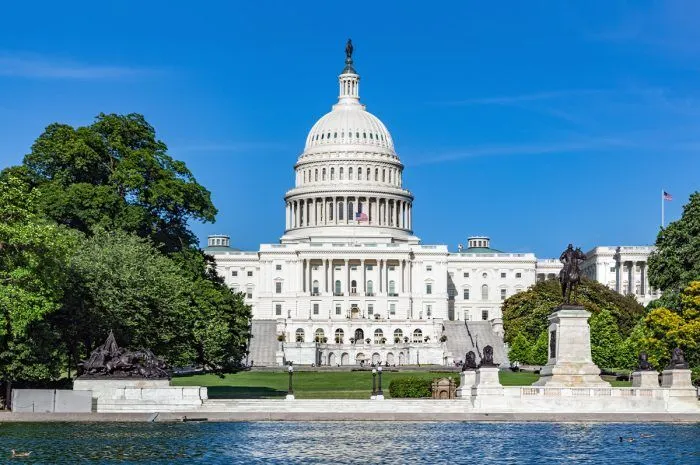From Capitol Hill to Montana: Longevity Policy Enters a New Era
In a pivotal moment for the longevity movement, the Alliance for Longevity Initiatives (A4LI) marked a major milestone by hosting its first full-scale DC Summit. What once seemed like an aspirational niche has matured into a coordinated policy initiative—poised to reshape how aging and health are approached in America.
From Science to Policy
Founded in 2021, A4LI has quickly emerged as the go-to advocacy group for integrating aging biology into public health policy. Its recent summit in Washington, DC brought together a diverse coalition of longevity scientists, biotech investors, federal agency leaders, and Congressional staffers. Among them were high-profile figures like Dr. Mehmet Oz and representatives from the Centers for Medicare & Medicaid Services.
A4LI’s founder Dylan Livingston summarized the urgency: “This is a generational opportunity to transform how we think about health and aging in America.”
Bipartisan Momentum
Longevity science is increasingly viewed not as a luxury, but as a necessary lever for health equity, economic productivity, and national resilience. The bipartisan Longevity Science Caucus has grown substantially, with six new lawmakers joining during the summit and dozens more expressing interest. Livingston anticipates the group could soon reach 40 committed champions.
“Longevity research appeals across the aisle,” says Livingston. “It’s about disease prevention, cost control, personal freedom, and even military readiness.”
Montana: A Case Study in Innovation
Perhaps the most groundbreaking model comes from Montana, where the recently enacted ‘Right to Try Anything’ law (SB 535) allows supervised access to investigational therapies—not just for terminally ill patients, but for those with chronic conditions and even for preventive care.
“It’s not a free-for-all,” Livingston emphasizes. “It’s a clinically guided framework that expands access responsibly.”
Montana’s model operates like a Phase II trial in the real world, producing data that could influence federal regulatory reform. A4LI sees it as a blueprint for other states, underscoring that aging-focused innovation doesn’t have to wait for Washington.
Navigating Funding Challenges
Despite growing interest, NIH budget cuts cast a shadow over biomedical research. Livingston is cautiously optimistic: “We hope it’s a recalibration, not a retreat.”
He reiterates that aging biology is not a fringe domain—it is foundational. “If age is the primary risk factor for most chronic diseases, it makes no sense to sideline aging biology in health policy.”
Coalition-Driven Advocacy
Operating with a lean core team, A4LI has coordinated over 75 Capitol Hill meetings and built support from more than 60 research institutions, biotech firms, and venture capitalists. But Livingston acknowledges that to scale, A4LI needs more lobbying capacity and sustainable funding.
“We need more boots on the ground in DC,” he says. “If you believe in the promise of this field, it’s time to fund that belief.”
Shifting the Narrative
Beyond legislation, A4LI is helping to shift how aging is perceived. The goal is to frame longevity not as a futuristic fantasy, but as an urgent and modifiable public health goal.
“It’s like maintaining your car,” says Livingston. “Servicing the engine regularly prevents breakdowns. Aging science can do the same for our health.”
What’s Next
The summit represents a powerful first step. Now, A4LI and its allies must maintain the momentum—translating awareness into institutional change. With political traction increasing and scientific progress accelerating, the longevity field is finally earning a seat at the table.
“This is no longer about someday,” Livingston concludes. “It’s about now. And we’re in a race against time.”



